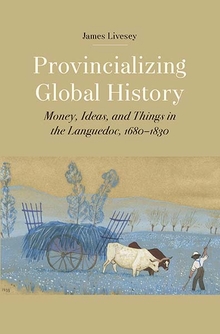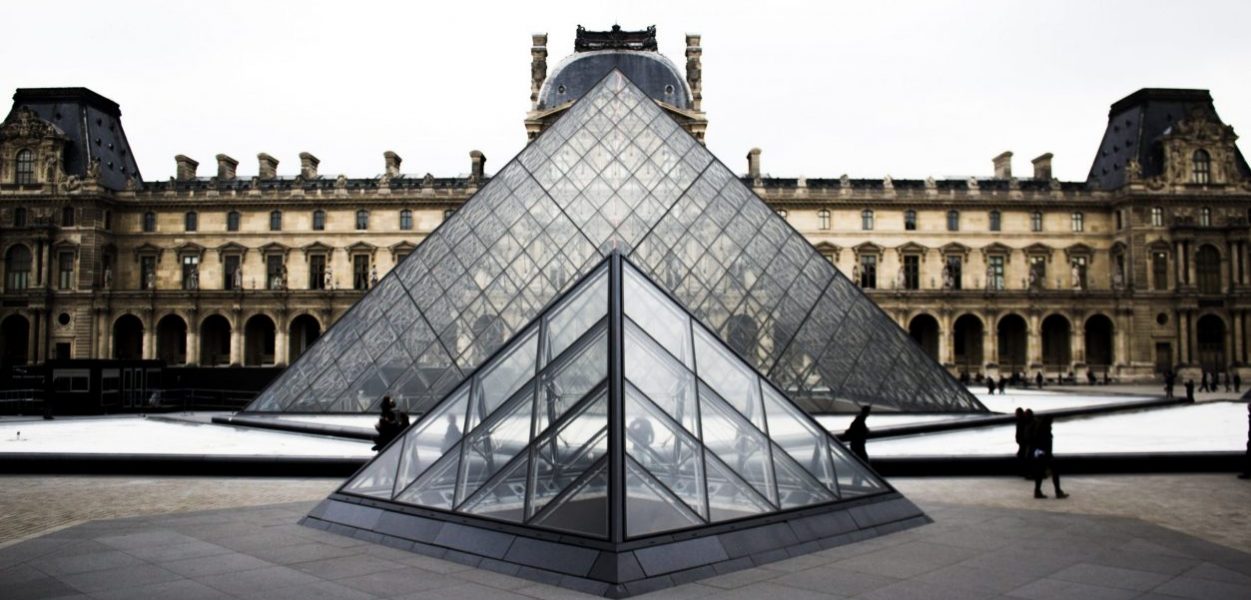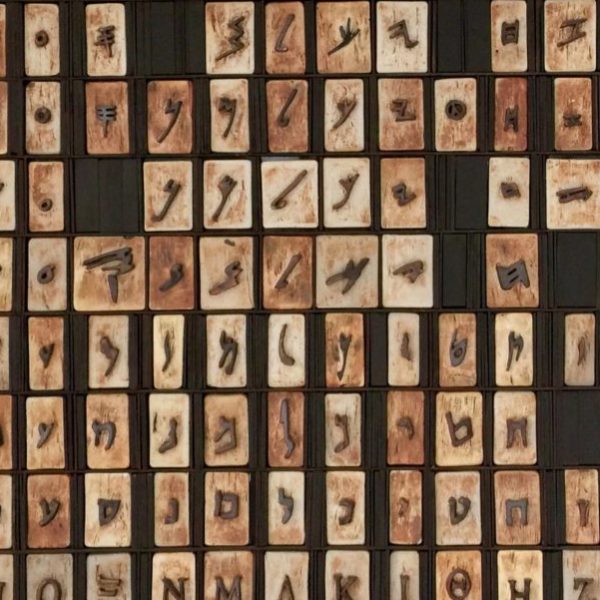France and the Self
James Livesey—
The history of the self is vitally important, and the contrast between the French and British histories is highly instructive. The self, or at least the version of the self as self-determining individual, is the postulate of every variety of liberalism and its institutions, and it is clear that we need to deepen our understanding of this highly successful ideology. Goldstein’s work certainly contributes in a fundamental way to our understanding of the production of the bourgeois self in France. There are, however, vital differences in the way in which the self is produced, the rationality it exemplifies, and the institutions it inhabits between countries where the project of class was successful, such as England, and those where it was not, such as France. The notion of a bourgeois self is a class term: it implies a particular social habitus, a form of life characterized by a particular understanding of the world. On this view it is impossible to disentangle claims to social authority and claims to knowledge. In France, where the Revolution set up contestation over political economy, there was not a consensus on the place of exchange in national life. Science was not aligned so clearly to class, and subalterns had been invited into worlds of knowledge as citizens during and after the Revolution, and so scientific contestation in turn amplified debates over knowledge and authority and allowed for multiple claims for a self. Common sense, in Sophia Rosenfeld’s formulation, could not buttress forms of power, because all of them were contested. In consequence the British bourgeois self, integrated through Mill’s writings, had a far greater scope than that of Cousin. Interest or utility became a much more successfully naturalized notion of selfhood than introspective will. Unlike the members of the English middle class, the self-knowing French bourgeois found their authority, and indeed their very claim to an insight into the nature of selfhood, contested in nearly every sphere of life. Reason was authoritative but contested.
It would be a misrepresentation to see the mobilized revolutionary citizen as the singular limit posed to the scope of the authority of the bougeois self. It would be even more of a mistake to imagine that the alternative to the bourgeois self was an alternative model of class, the popular self. As Jacques Rancière established in his history of popular reading, the self of the popular classes was not imagined in class terms. The failure of class as an authoritative project of social reconstruction allowed a variety of alternative modern selves, imagined on different bases, to be viable. The citizen was only one of the alternative models; André Malraux’s list, in his 1974 Lazare, comprised “saint, chevalier, caballero, gentleman, Bolshevik.” The gentleman, or bourgeois, and the Bolshevik, or Jacobin citizen, were only two of many aspirations to integral selfhood.
A small army of cultural historians has interrogated how the flâneur—the dandy—and the other inhabitants of the social menagerie of mid-century Paris diverged from bourgeois norms and has investigated the critique of forms of life social and cultural plurality it sustained. Even in Britain, however, the world of the arts incubated alternative projects of personhood, and so it is hardly surprising that la vie de bohème rejected bourgeois norms. Romanticism has long been taken for the alternative source of moral insight in a bourgeois order. More surprising, and less well known, were the debates explicitly about the nature and form of scientific authority conducted by Étienne Geoffroy Saint-Hilaire and Georges Cuvier between 1830 and 1832, precisely the moment that Cousin was acquiring power in the University of Montpellier. The subject of the debate was the work by Geoffroy on mollusks and his claim that there was an analogy between their morphology and those of vertebrates, which contradicted Cuvier’s view that there was a set of invariant forms in nature. The stakes extended beyond the realm of science, since Geoffroy’s transformationist ideas and explicit appeal to a general public undermined the claim to social and epistemic authority based on competence in an autonomous sphere of scientific inquiry. Geoffroy’s tactics in the debate undermined the notion of a different kind of self, a scientist, who had greater authority in debate because of his greater control of higher mental faculties. This struggle over the roots of authority, the identity of those who should exert it, and its ends was echoed and even cited in other areas of cultural endeavor. In 1832 Léonce Reynaud supported Henri Labrouste’s rejection of the classical orders as the elements of architecture, and his attack on Quatremère de Quincy’s control of the Académie des beaux-arts, by citing Geoffroy’s views on mollusks. The humble mollusk, constructing its shell around its body, became a metaphor for adaptive power and a polemical refutation of the idea that hierarchies of order were natural and generated authority. Quatremère’s venerable three orders of architecture, as well as the more novel four branches of corporeal design advanced by Cuvier, could not establish their claim to be natural and so were not robust resources for an account of authoritative reason and the nature of the person who exercised that reason. The conditions for the construction of the self in nineteenth-century France were particularly complex because a scientific account of the self could not lean on social authority to make it credible, and there was no convincing account of scientific authority to act as a template for social authority.
In the absence of a hegemonic bourgeoisie, the self could not be univocally bourgeois. Nor could a hegemonic bourgeoisie be constructed on the base of a particular version of the self. The alternative ideas of selfhood that animated French political and social life allow us to avoid a problem inherent in the emerging theme of modernity as the topic of central concern in French history. The various politically, culturally, and socially available selves will allow us to avoid the trap of interrogating French modernity in terms of a particular content for that modernity. The individual of social theory, and particularly economics, is constructed from an amalgam of Lockian rights theory, eighteenth-century Scottish social thought, and American constitutionalism. A history of the self, or rather selves, separates the history of modernity from the history of that individual, and it allows us to recognize other norms and other institutions besides those constructed around that individual as modern. The provincial and the subaltern had their reasons, and the Revolution makes it easier to see in France the complexity, variety, and even incoherence within modernizing societies.
From Provincializing Global History by James Livesey. Published by Yale University Press in 2020. Reproduced with permission.
James Livesey is professor of global history and dean of the School of Humanities at the University of Dundee in Scotland. He is the author of several books, including Making Democracy in the French Revolution and Civil Society and Empire.
Further Reading:



























